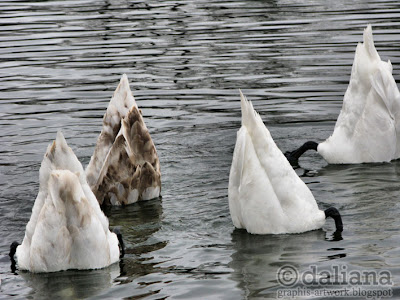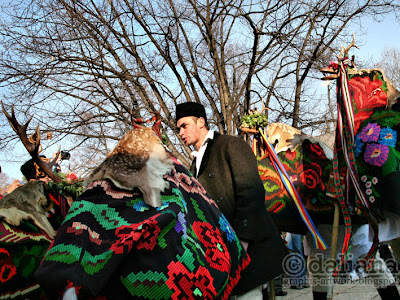Photographis - photography - Art gallery - Romania - Daliana - drawings - Bucharest - irrational - life for sale - photo contest - poetry - loneliness - graphis - forgotten- god - universe - sun - ghosts
Friday, December 31, 2010
Thursday, December 30, 2010
2010
January 2010
Photo Park Herastrau
Drawing 'Apsara'
Drawing 'Angkor Wat - SERIES'
February 2010
Photo Black Sea Coast
Drawing " 2010 - The Year of The Tiger'
March 2010
Photo
Drawing ' Willys'
Drawing ' York'
April 2010
Photo Apuseni Romania
Drawing ' White Rabbit'
Drawing ' Horses on fire'
Drawing ' my horse'
May 2010
Photo Romania
Drawing ' Teodora'
Drawing 'Lizard'
June 2010
Photo Pet Exhibition
Drawing 'My Horse'
July 2010
Photo ' Clouds'
Photo ' Butterflies'
Photo ' Sunflower'
Drawings 'My car'
August 2010
Photo 'Street'
Photo 'My pet Smithi'
Photo ' Lotus'
September 2010
Photo ' Ferry to Thassos- Fly with me'
Photo ' Thassos'

Drawings at 'Wittard Shop - Cocorul'
October 2010
Photo Constanta
Photo 'How are you?'
Photo ' Autumn in Austria'
Photo ' Streets in Kerkyra'
Photo ' Still life'
Drawing
November 2010
Photo 'Swans in Youth Park'
Drawing 'RIP Adrian Paunescu'
December 2010
Photo ' Waiting for you'
Monday, December 27, 2010
Romania Winter Traditions / Traditii Romanesti
During winter solstice, when the sun is weak and frost and dryness take over, Romanian peasants conceived ceremonies to help the Sun and Nature to overcome this "temporary crisis." For 12 days between Christmas and St. John on January 7th, all Romanian villages have specific celebrations, starting with children's caroling on Christmas eve.
Obiceiurile legate de sarbatori fac parte din cultura traditionala . Obiceiurile tin de constiinta poporului roman .Se spune ca in seara de Ajun se deschid cerurile si se pot auzi glasurile ingerilor. Primele semne ale Sarbatorii Nasterii Domnului le dau grupurile de colindatori, care pornesc din casa in casa pentru a le ura gazdelor fericire si prosperitate.
There is the Christmas carol which involves carolers dressed as bears. In the past, a real bear was also included in the dance. The tradition, called Ursul (the Bear Dance), is mostly kept in Bucovina and Moldova on New Year's Eve. The tradition aims to purify and fertilize the soil for the next year. The bear cult is of Geto-Dacian origins; back then, the bear was a sacred animal.
Jocul ursului este o traditie romaneasca specifica Anului Nou. Obiceiul are la origine rolul de a purifica si feriliza solul in noul an. Cultul ursului este mostenit de la geto-daci, care il considerau un animal sacru. Rostogolirea ursilor in cerc, batutul si moartea ursului, apoi invierea miraculoasa ca si urcarea acestuia pe bata (toiag), redau in chip metaforic succesiunea anotimpurilor care, candva, stateau sub semnul acestui animal, capabil sa invinga iarna si sa vesteasca primavara.
Another very special character is the goat—Capra. It is not a real goat, but a wooden goat-like object meant to make a lot of noise. The goat can also be a child or a young adult dressed up in a goat costume.
The whole group dances through the streets and from door to door, often with flute music. This tradition comes from the ancient Roman people and it reminds us of the celebration of the ancient Greek gods.
Capra este considerata in traditia romaneasca, animalul care arata daca vremea va fi buna sau rea.
Obiceiul "caprei" a fost, la origine, un ceremonial de cult.
In cadrul sarbatorilor din mediul rural, jocul a devenit un ritual menit sa aduca rodnicie anului care urmeaza, spor de animale, bogatia recoltelor.
It also has a variety of customs, traditions and holidays.
Within South Eastern Europe however, Romania preserved a significant number of traditional customs and celebrations manifest within the strong community of the village.
Peasants possessed a deep knowledge of the way to tend the earth. They had the ability to enjoy life and to dream into the future. They were regular observers of the feasts for the earth, their cattle, the flowers and crops, and the overall beauty of living.
The Romanian customs can be divided into family customs, calendar-based customs and religious customs. They represent a "triptych" marked by the three major life changes: birth, marriage and death.
Thank you!
This photo (also from the previous post) was taken on December 12, 2010 in Village Museum - Bucharest
Fotografiile din postarea de azi ( si cele din postarea de ieri ) au fost facute pe 12 Decembrie in Muzeul Satului din Bucuresti.
more : winter traditions , traditii si obiceiuri
Subscribe to:
Comments (Atom)



































































